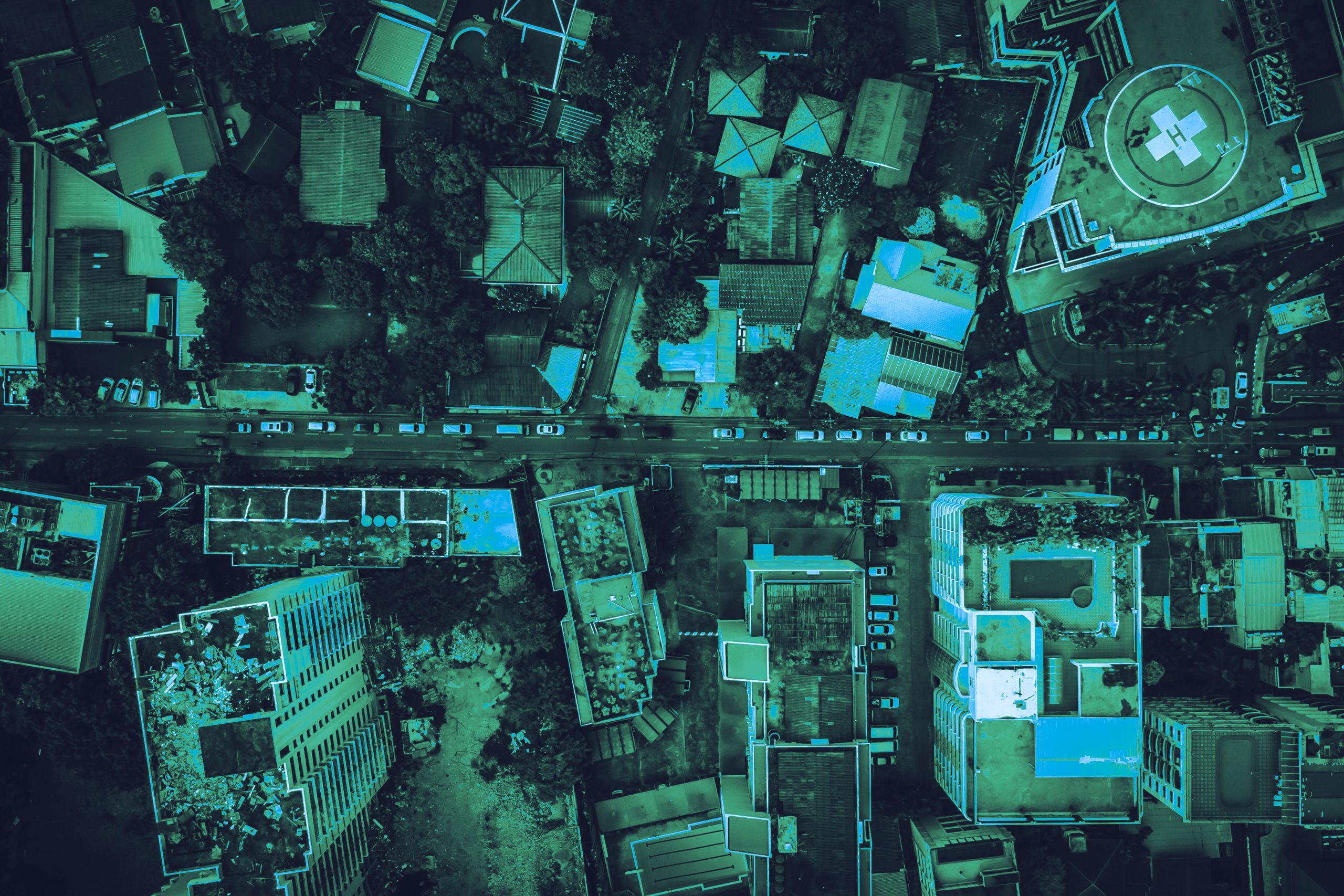On Episode 16 of The Satellite & NewSpace Matters Podcast we spoke to Anastasia Kuzmenko, the VP of Marketing & Communications at the IEC Telecom Group, about the cutting-edge technology that they are developing in the satellite space. She shared how their satellite technology can be applied to various verticals, including the maritime and humanitarian sectors. Read on to hear more!
What does the industry need to do to ensure that there is an increased focus on the success of humanitarian applications for satellite technology?
When it comes to use cases, increasingly specialised softwares and optimised applications would allow humanitarian missions to carry out their operations in the remote areas. Imagine a situation where we are in a remote settlement, where there is no bank infrastructure, no hospitals, etc. One of the latest use cases in the humanitarian industry was the launch of mobile units that could deliver services to those kinds of settlements on a certain schedule. This is where we need to think outside of the box and ask what else can be there?
I can imagine specialised stations or applications which would help to bring more educational opportunities to those remote communities. We can even provide entertainment. A lot of social development or social integration happens through the arts. Being part of the wider culture, being able to see movies and documentaries – to be part of this social world in general – is exceptionally important. The humanitarian field in general should utilise the capacities of satellite telecommunication in order to power different digital applications and bring those skills to the remote areas.

What do you think we can do to focus the technology and help close this divide?
We definitely need to look at satellite solutions as systems. The fact that we have LEO networks which provide high speed and low latency is very important. However, it’s not enough to deliver impactful solutions on the ground. The humanitarian solutions represent a complex architecture, where you would have the terminal, the backup, and then a range of services catered to a specific need.
When we are out in the wild with those remote communities, we can’t just rely on one terminal to deliver the connectivity and services we need. We have to consider the fact that any satellite telecommunication is vulnerable to external factors, whether it’s a weather condition, geographical landscape or other obstacles. In order for those applications on the ground to run continuously, we need to have a system where there will be a main link and a backup. We need continuous connectivity. But what do we do with this connectivity? This is where it’s important to have network management tools which will allow us to control the quality of the network and make sure it’s utilised in the most efficient way.
Next we should consider the value added services. How do we want to filter this network? How do we want to optimise the bandwidth of this work network? How do we distribute these capacities? Solutions such as Expand are equipped by a network management system on a voucher capacity, which means that if you set up this kind of system in the humanitarian camp we could issue individual vouchers to the inhabitants. The same way we distribute food, we can distribute connectivity.
What really matters when it comes to satellite technologies within the humanitarian field is to have a clear understanding, not just of the capacity, but also of the functionality or the operator. It’s about delivering complex solutions that are specifically designed to solve a specific issue. It will equip all the necessary tools to run smoothly and ensure operational continuity throughout the exploitation.
To learn more about using satellite technology for humanitarian purposes, tune into Episode 16 of The Satellite & NewSpace Matters Podcast here.
We sit down regularly with some of the biggest names in our industry, we dedicate our podcast to the stories of leaders in the technologies industries that bring us closer together. Follow the link here to see some of our latest episodes and don’t forget to subscribe.
